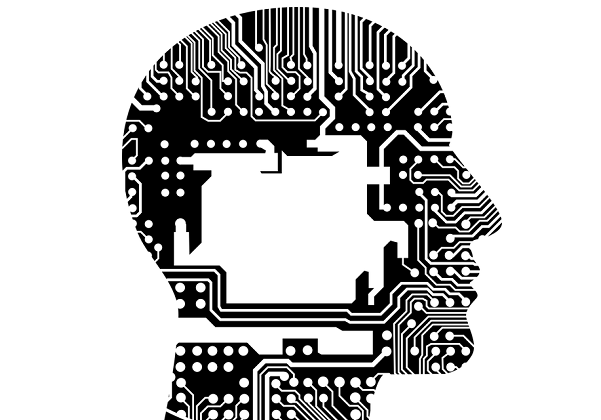Research using machine learning and artificial intelligence—tools that allow computers to learn about and predict outcomes from massive datasets—has been booming at U-M. The potential societal benefits being explored on campus are numerous, from on-demand transportation systems to self-driving vehicles to individualized medical treatments to improved battery capabilities. The ability of computers and machines generally to learn from their environments is having transformative effects on a host of industries and could have an economic impact of $15 trillion globally according to one estimate.
But as these methods become more accurate and refined, and as the datasets needed become bigger and bigger, keeping up with the latest developments and identifying and securing the necessary resources can be complicated and time-consuming. And that’s not to mention complying with privacy regulations when medical data is involved. “Machine learning tools have gotten a lot better in the last 10 years,” said Matthew Johnson-Roberson, assistant professor of naval architecture and marine engineering and of electrical engineering and computer science. “The field is changing now at such a rapid pace. It takes a lot of time and energy to stay current.”

